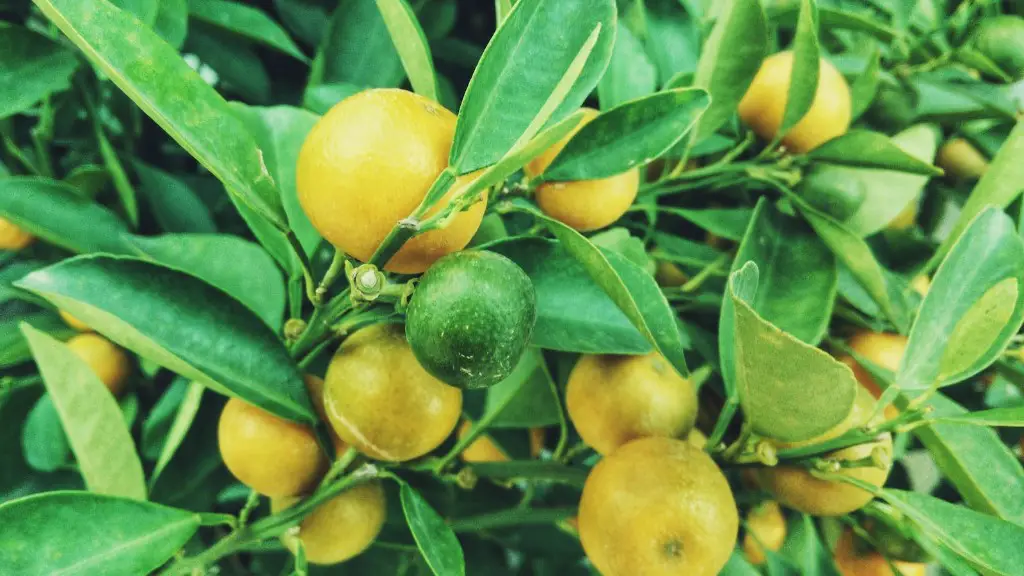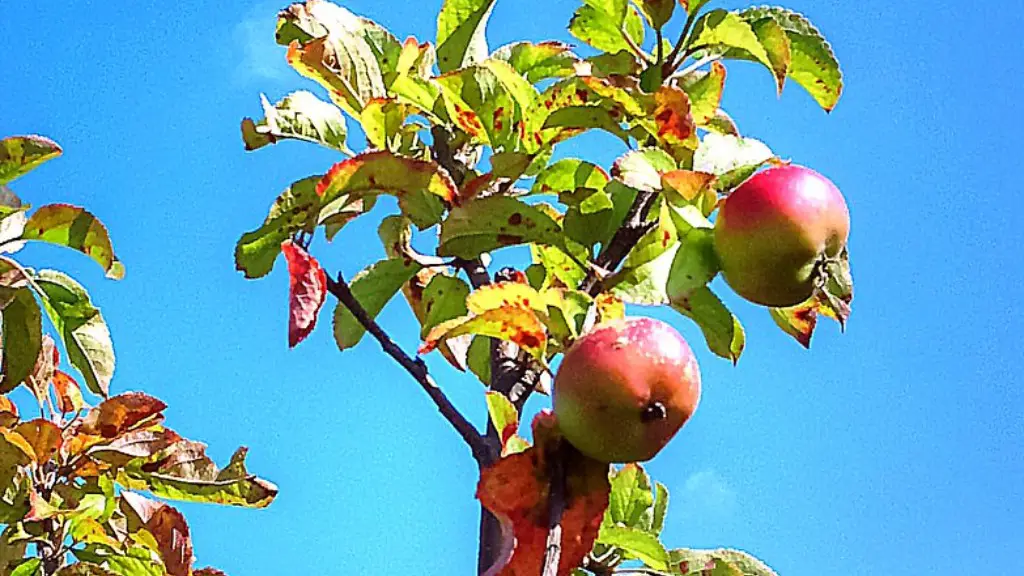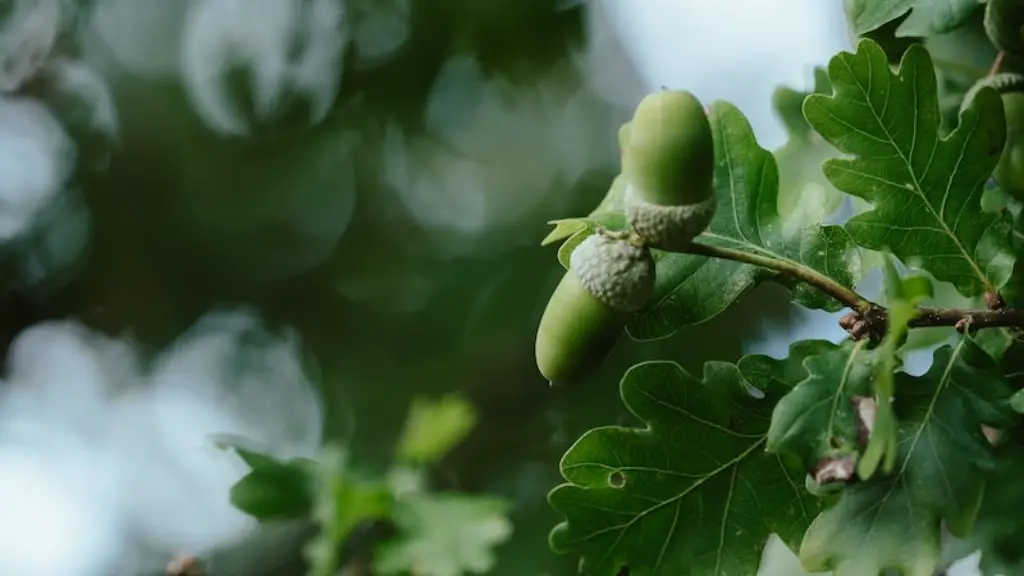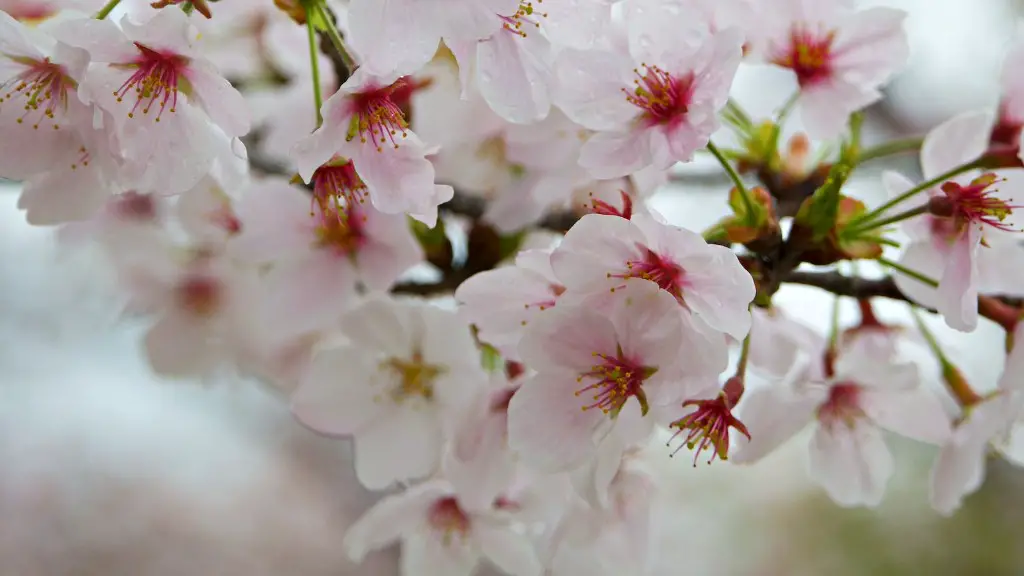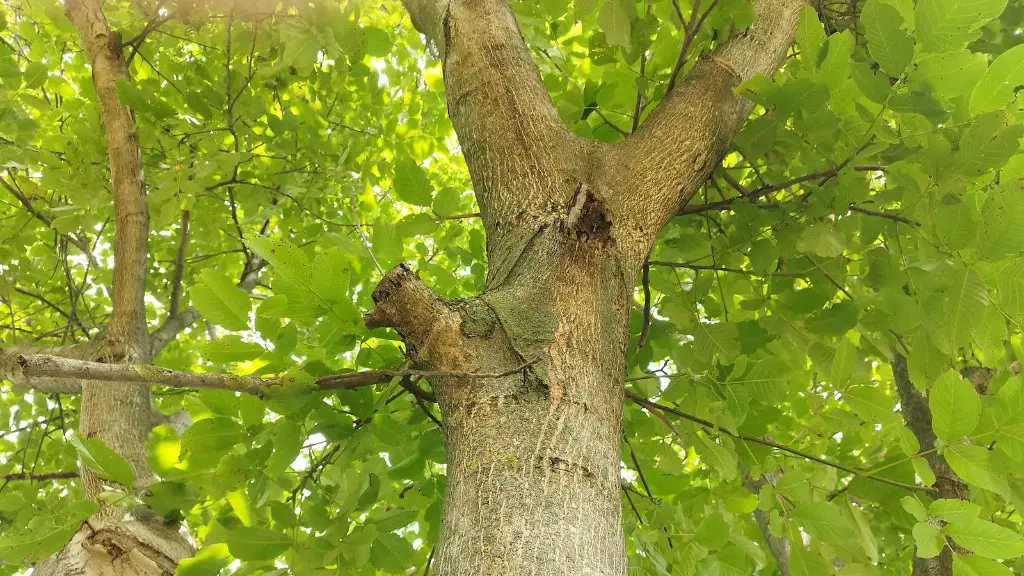Taking care of a lemon tree indoors involves, among other things, carefully pruning it. Pruning helps to maintain a healthy, balanced shape and encourages growth. Here are some tips on how to prune an indoor lemon tree.
First, identify the dead, diseased or damaged branches and leaves that must be pruned. Then, using clean, sharp secateurs, cut back any overgrown branches, making sure the cut is just above a bud or leaf node. Leaves and small twigs can be pruned away completely with your secateurs. If a branch is too large for the secateurs, use a ‘lopping shears’ – a long-handled pruning tool. Never ‘top’ a lemon tree as this will prevent it from flowering and developing good fruit.
Next, thin out the interior of the lemon tree to increase air circulation and light penetration. Don’t just cut away the excess branches randomly – prune selectively to produce a symmetrical tree. Thin out the outside of the plant, and trim it into a more balanced and aesthetically pleasing shape, creating branches that are evenly spaced and form a ‘V’ shape.
It’s also important to remember to remove weak, crossing, or rubbing branches as they will sap the energy of the tree and prevent it from producing good quality fruit. Also, if two branches are growing in opposite directions, cut off the weaker one at the point where it meets the stronger one.
Finally, use pruning cuts to encourage the tree to produce more branches. These should be made by just above a bud or at an angle 45-degree angle from the node. Make sure all your pruning cuts are made clean, so the lemon tree won’t become susceptible to disease.
Maintenance Pruning
Maintenance pruning is necessary for an indoor lemon tree to survive and stay healthy. Usually performed once or twice a year, maintenance pruning helps to keep the tree in balance and encourages fruit production. The pruning cuts should be made just above a bud or leaf node and at an angle of 45-degree.
One of the most important maintenance pruning techniques is thinning and removing excessive growth, as this will help to improve air circulation and light penetration in the tree, and improve its overall structure. Keep an eye on the tree’s shape and regularly prune any branches that are crossing or rubbing against each other. Also, remove any dead, diseased or broken branches.
Although pruning can be used to encourage the production of more flowers and fruit, it’s important not to over prune, as this can negatively affect growth and the tree’s overall health. In order to prevent this from happening, prune selectively and only remove what’s necessary to maintain balance.
Healthy Cuttings
Cuttings are an effective way of propagating indoor lemon trees and can be used to obtain new ones or to replace an unhealthy one. When taking cuttings make sure to use sharp pruning shears and cut just below a leaf node or bud. Then, remove all the leaves from the bottom half of the cutting and dip the lower end into a rooting hormone.
Next, fill a pot with sterile potting soil and make a small hole with your finger to insert the cutting. Put the cutting in the hole and pack the soil around it gently, making sure it won’t move. Finally, water the soil and cover the pot with a plastic bag to create a humid environment for the cutting.
Cuttings should be misted with water from time to time and should be kept in a warm and well-lit place. You should start to see new roots and leaves in a few weeks. Then, water more regularly and gradually reduce the amount of misting until the cutting is fully established.
Pruning Schedule
Creating a pruning schedule will help to ensure that your lemon tree stays in shape, develops more branches and fruits more efficiently. Generally, pruning can be done any time throughout the year, depending on the weather and the plant’s needs. During the growing season, it’s recommended to prune regularly to promote the development of flowers and fruits, while during the dormant season, pruning will encourage quick healing.
In order to keep the tree in good health and encourage growth and fruit production, prune selectively and no more than one-third of the tree’s growth each year. Make sure to identify the dead, diseased or damaged parts of the tree and trim them first. Also, don’t forget to thin out the interior and remove any crossing or rubbing branches.
Remember to always use clean and sharp tools when pruning and to make cuts at a 45-degree angle, about a quarter of an inch above a bud or leaf node. Pruning should be done consistently in order to maintain a healthy, balanced shape and prevent injury to the tree.
Fertilizing After Pruning
Fertilizing after pruning is especially important for an indoor lemon tree as it helps to promote healthy and vigorous growth and encourages fruit production. The best type of fertilizer to use on citrus trees is a slow release fertilizer like pellets. Since the soil underneath the tree will be exposed after pruning, it’s also a good idea to add some compost or topsoil before adding the fertilizer.
When applying fertilizer, sprinkle it around the base of the tree, about 6 inches away from the trunk, as too much fertilizer in one spot can burn the tree’s roots. Stick to the manufacturer’s instructions and fertilize your tree in late winter or early spring, when the lemon tree has finished its winter dormancy. If possible, fertilize your tree again mid-season and make sure to water it regularly.
Fertilizing after pruning is especially important for an indoor lemon tree as it helps to provide the necessary nutrients for the tree to stay healthy and produce good fruit. Fertilizing after pruning will also help to stimulate new growth and promote the development of flowers and fruit.
Vermin Control
Vermin such as insects, mites and fungal diseases can be a problem when pruning an indoor lemon tree. Therefore, it’s important to be vigilant and keep your tree free of these pests. If you spot any signs of disease or pests, consult a horticulturalist before pruning and treat the tree with a suitable pesticide.
Make sure to clean and disinfect your pruning tools before and after each use, in order to avoid spreading the disease or pests from one plant to another. Also, keep an eye out for vermin when taking cuttings from your tree, in order to avoid introducing them to your garden. It’s also important to clean the soil and surrounding area as this can help to prevent infestations.
Overall, it’s important to use vermin control when pruning an indoor lemon tree. Make sure to keep the tree free from pests and diseases by following the steps mentioned above. Also, clean and disinfect your tools before and after use, and keep the area around the tree clean, in order to avoid introducing vermin to your garden.
